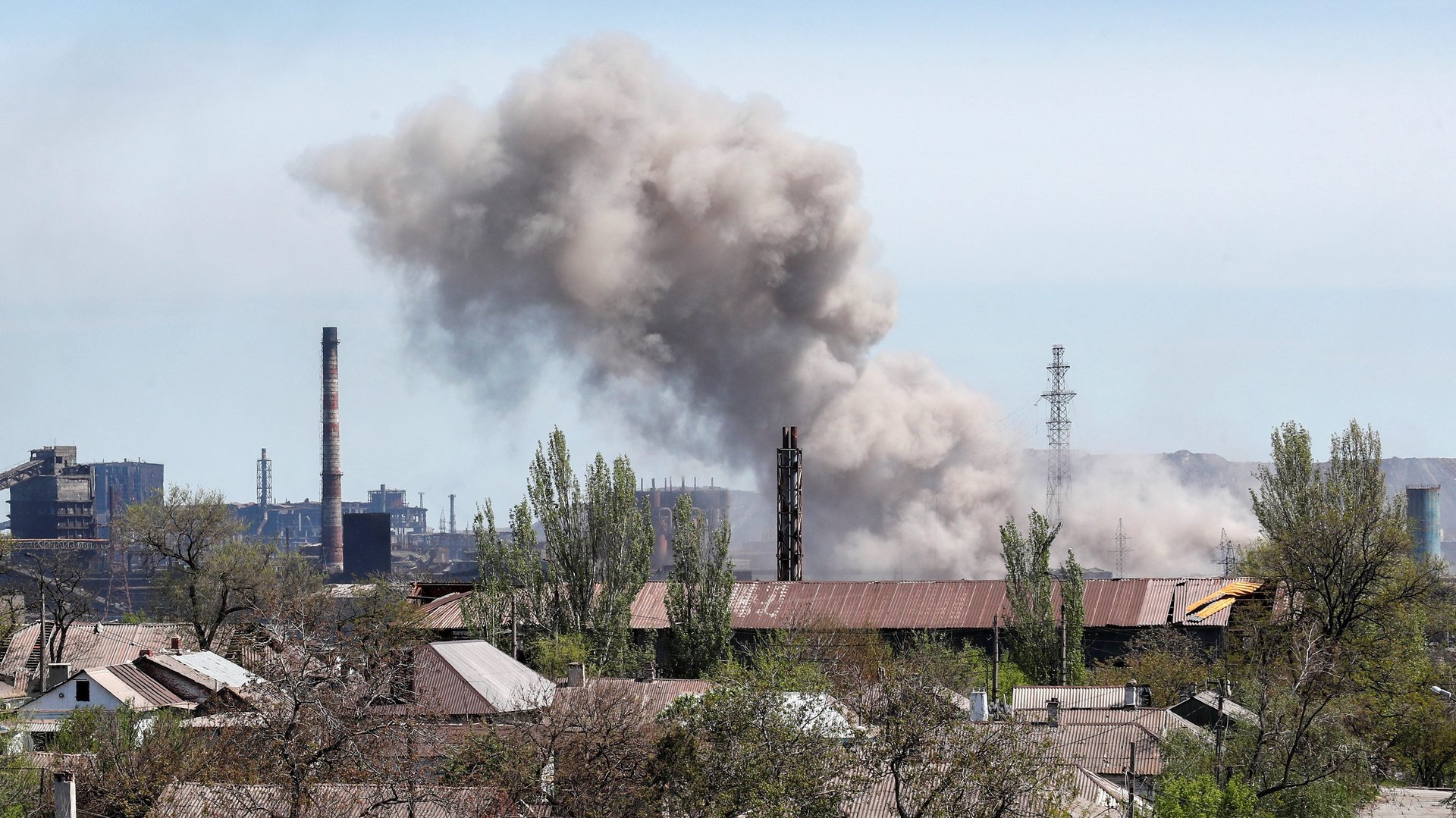The US should lift tariffs on Ukrainian steel permanently
In the months since Russia invaded Ukraine, the US has inexplicably kept enforcing a 25% tariff on Ukrainian steel that dates back to the Trump presidency. On May 9, the Biden administration lifted those tariffs—but for just one year.


In the months since Russia invaded Ukraine, the US has inexplicably kept enforcing a 25% tariff on Ukrainian steel that dates back to the Trump presidency. On May 9, the Biden administration lifted those tariffs—but for just one year.
This, too, is inexplicable. For one thing, imports from Ukraine were never going to threaten the American steel industry. In 2019, Ukraine sent roughly 200,000 tons of steel to the US, minuscule compared to the 26.3 million tons of steel that the US imported in total that year. Ukraine doesn’t even figure in the top ten countries from which the US buys steel.
The Biden administration has already softened these tariffs for other major steel exporters like Japan and the European Union. Even at peak Ukrainian output, the US couldn’t have hoped to earn the scale of tariff revenues that it has agreed to forgo with these other steel-producing countries. And certainly these revenues pale in comparison to the $33 billion in aid that the Biden administration is preparing for Ukraine.
The war is wrecking Ukraine’s steel industry
Lifting these tariffs for the duration of this war-struck year offers some solace to Ukrainian exporters, but the move is largely symbolic. The Russian army has destroyed major factories like the Illich Steel and Iron Works in Mariupol, and it is currently besieging Azovstal, another Mariupol plant that was one of the largest in Ukraine.
Although some steel mills, like ArcelorMittal’s, have operated fitfully during the fighting, most Ukrainian manufacturers suspended operations in February, when the invasion began. A Commerce Department official told the New York Times that Ukraine will try to ship out its steel by rail, since sea lanes are closed. Even so, the industry will be running far below capacity for most of this tariff-free year.
Next year, though, if the war is over and the rebuilding has begun, Ukraine could really benefit from its steel trade—except that US tariffs will be back in force. Ukraine is the world’s 13th-biggest steelmaker; between January and November last year, Ukraine earned $12.6 billion in iron and steel exports, and the industry employs 1 out of 13 Ukrainians. But trade barriers in several markets, including the US, cost Ukraine roughly $3 billion in annual earnings on its metal exports, according to GMK Center, a Ukrainian think-tank.
After the war, Ukraine will need all the money it can make, to rebuild itself in general and its thriving steel industry in particular. The return of US tariffs will only handicap the long, slow process of reconstructing Ukraine.